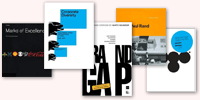
A B-Side BY Armin
Biodiversity Observatory of the Rhône-Alpes
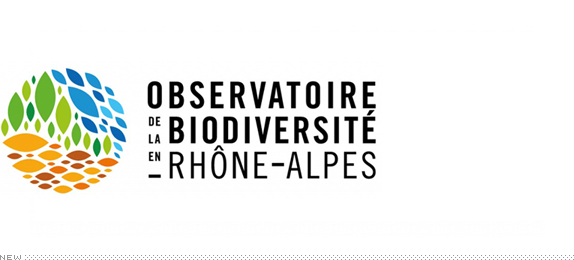
About: “Biodiversity Observatory of the Rhône-Alpes is a center for knowledge and a management tool for the natural habitats and species of France’s Rhône-Alpes. The observatory is structured around three fields: flora, fauna, and managing natural environments.”
Design by: graphéine design graphique.
Ed.’s Notes: That’s a lot of stuff to put into one logo but, hey, it works. A few logo variations and applications below (or after the jump) and a few more pieces at the case study link.
Relevant links: graphéine case study.
Provided quote: “This visual identity takes its starting point in the form of an ellipse. Indeed, this simple geometric shape suggests all the components of biodiversity … in turn, alone or multiplied, the ellipse becomes an eye, a flower, a leaf, a school of fish, a deer track … Using the ellipse as the basic element of this identity avoids any form of figurative representation of biodiversity. The composition and color of these ellipses simply suggest biodiversity.”
Continue reading this entry

DATE: Mar.14.2013 POSTED BY: Armin
POSTED BY: Armin CATEGORY: The B-Side Environment
CATEGORY: The B-Side Environment  COMMENTS:
COMMENTS:

TAGS: circles, colorful, Sans Serif,

Opinion by Richard Baird Posted by BY Brand New
Best Use of Iceberg in a Logo Award Goes to:
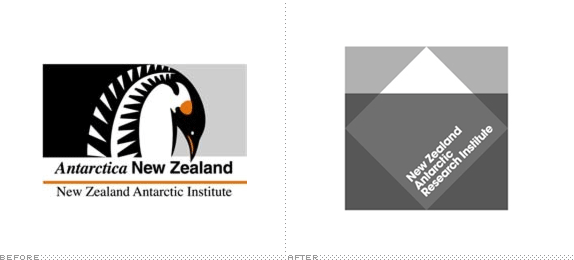
Established in 1996 The New Zealand Antarctic Research Institute is the body responsible for developing and managing New Zealand’s scientific research and conservation activities in Antarctica, Southern Ocean and Ross Sea region while also raising ‘public awareness of the international significance of the continent’. The institute’s new identity, which replaces an illustrative fern and penguin mark, was designed by Auckland based BRR and delivers a broader and more scientific sensibility through symbology, metaphor, simple geometry, monochromatic colour and a neutral typeface.
Continue reading this entry

DATE: Sep.06.2012 POSTED BY: Brand New
POSTED BY: Brand New CATEGORY: Environment
CATEGORY: Environment  COMMENTS:
COMMENTS:

TAGS: geometric, grayscale, new zealand, Sans Serif,

A B-side BY Armin
Ecova
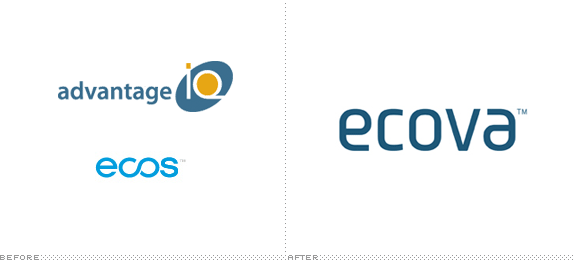
The result of the recent merger between Advantage IQ and Ecos, Ecova is a “total energy and sustainability management company”. The new identity was designed by Sandstrom Partners.

DATE: Feb.08.2012 POSTED BY: Armin
POSTED BY: Armin CATEGORY: Environment The B-Side
CATEGORY: Environment The B-Side  COMMENTS:
COMMENTS:

TAGS: merger, Sans Serif, typography,

Opinion BY Armin
The World, Underlined
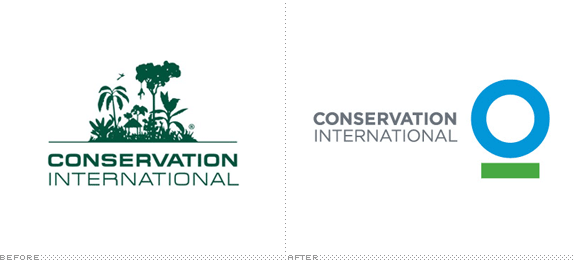
Founded in 1987, Conservation International (CI) is an organization with 900-plus employees across more than thirty global offices. Its mission is to build “upon a strong foundation of science, partnership and field demonstration, [to empower] societies to responsibly and sustainably care for nature, our global biodiversity, for the well-being of humanity.” CI has partnered with companies like Starbucks, Patagonia and Walmart and works with government bodies to achieve its mission. Earlier this month, as CI announced plans to expand its scope and scale of work, it introduced a new identity designed by Chermayeff & Geismar.
Continue reading this entry

DATE: Sep.20.2010 POSTED BY: Armin
POSTED BY: Armin CATEGORY: Environment
CATEGORY: Environment  COMMENTS:
COMMENTS:

TAGS: blue, chermayeff and geismar, globe, gotham, icon, sans serif,

intl. review by Mads Jakob Poulsen posted BY Brand New
Saving the Environment, One Line at a Time
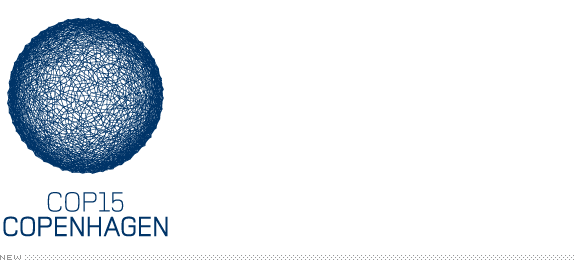
COP15, the United Nations Climate Change Conference, is almost over here in Copenhagen, Denmark. With international politicians, police escorts, demonstrations, hotels fully booked and a lot of international press, the summit brings together top political leaders from across the world — and depending on the result of the meeting — could be one of the most important political events in history. The purpose of COP15 is to come up with a plan for solving the climate change problems in the world, starting today. This can only be done if everyone works together. I am all for the conference, and hoping for an ambitious plan, my only fear is that politicians, also having profit and other things than the climate on their agenda will not act quickly enough, and might not want to go to the radical measures that may be needed. But I guess that’s a whole other story, let’s talk identity.
Continue reading this entry

DATE: Dec.17.2009 POSTED BY: Brand New
POSTED BY: Brand New CATEGORY: Environment
CATEGORY: Environment  COMMENTS:
COMMENTS:

TAGS:

Opinion BY Christian Palino
Whose Sucker is it?
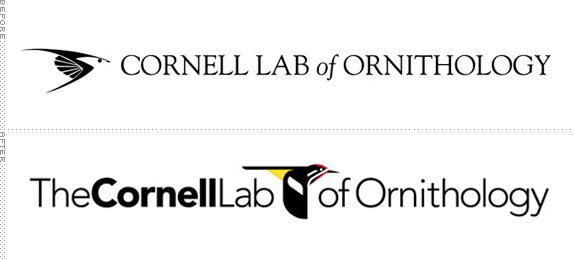
The mission of The Cornell Lab of Ornithology is “to interpret and conserve the earth’s biological diversity through research, education, and citizen science focused on birds.” Supporting that mission with publications and conservation initiatives, the lab has grown into an internationally respected organization of over 250 employees worldwide. To support this growth, the lab has commissioned a new identity which has been adapted by Michael Bierut and Katie Barcelona of Pentagram from the work of Charley Harper.
Continue reading this entry

DATE: Jul.28.2009 POSTED BY: Christian Palino
POSTED BY: Christian Palino CATEGORY: Environment
CATEGORY: Environment  COMMENTS:
COMMENTS:

TAGS:

BY Armin
The United States of Animalia
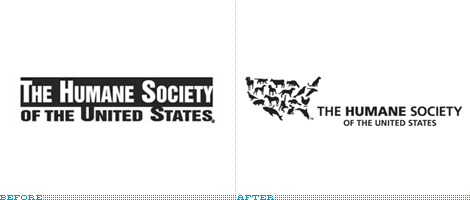
If you hate and mistreat animals, please stop reading now and go bang your head against a brick wall. If, on the other hand, you love animals and are offended and saddened when hearing stories of cruelty or mistreatment of our often furry companions on earth, I have a great logo to cheer you up. The Humane Society of the United States (HSUS), “the nation’s largest animal protection organization with more than ten million members and constituents”, now serving animals for more than 53 years, recently updated their previous bureaucratic-looking identity for a lively, all-encompassing new identity full of proud fauna.
Continue reading this entry

DATE: Jun.09.2007 POSTED BY: Armin
POSTED BY: Armin CATEGORY: Environment
CATEGORY: Environment  COMMENTS:
COMMENTS:

TAGS:

This is page 1 of 1
 Or jump to page
Or jump to page





























